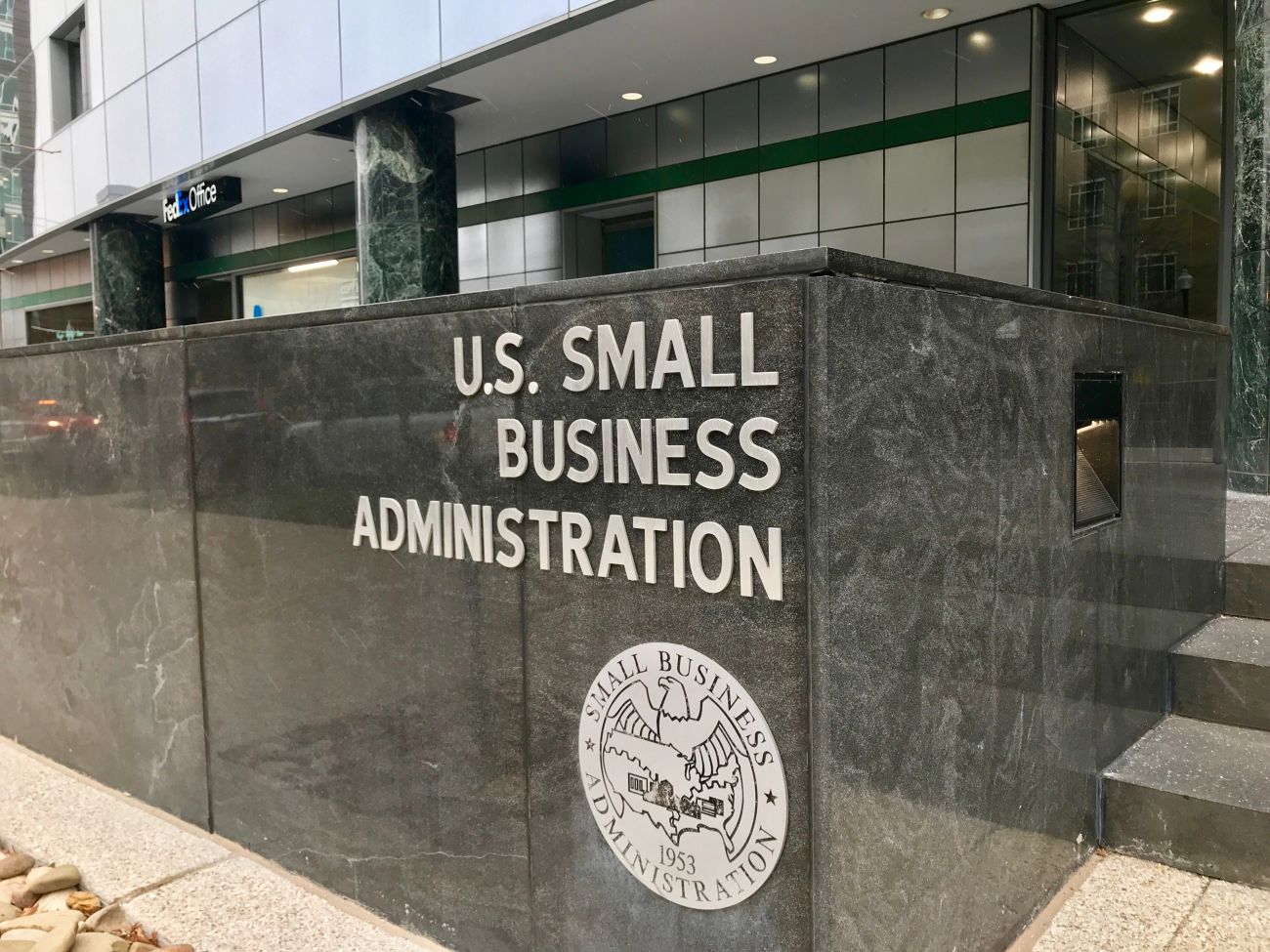The Paycheck Protection Program (PPP) was a lifesaver for businesses trying to stay afloat during the economic downturn. Finder reports that most borrowers were approved for around $67,647 — but that type of money can only be stretched so far.1 Now that the program is over, some business owners may require additional financial support and not know where to look. Fortunately, there are alternatives to the PPP loan that can help businesses continue to thrive. Find out which ones you’re eligible for with a search online.
One bureau to look into for loans is the Small Business Administration (SBA). With a quick online search, you can discover the various loans available to small business owners.
 DCStockPhotography / Shutterstock
DCStockPhotography / ShutterstockHere are some alternatives to PPP loans.
Types of SBA Loans
The Small Business Administration can help your financial needs as a small business owner. An SBA loan can connect you to lenders that specifically work with small businesses. Lenders have less risk working with borrowers because the SBA guarantees a portion of the loan amount if a borrower defaults on their loan. That number can be anywhere from 50 to 85 percent.2
There are six different types of SBA loans to consider. The most common is an SBA 7(a) loan that provides anywhere from $30,000 to $5 million to small business owners. To qualify, you’ll have to have good credit and business history. Interest rates can fall between five and 10 percent. Additionally, repayment terms typically don’t exceed 10 years.
The money from this loan can be put towards:
- Funding startup costs;
- Equipment purchases;
- Buying new land;
- Repairing existing assets;
- Expanding existing business or acquiring a new business;
- Refinancing debt, and;
- Purchasing inventory, supplies, and more.3
Another helpful form of financial aid is the Economic Injury Disaster Loan (EIDL). As of October 8th, the SBA raised the cap on this particular loan from $500,000 to $2 million. Business Insider explains how it’s similar to the PPP and designed to help small business owners recover from the ongoing health crisis.
To be eligible for this loan, you must be a small business with 500 or fewer employees and have been in business since January 31, 2020. You can use the funds toward operating expenses over 24 months, including:
- Payroll;
- Rent;
- Buying equipment or materials;
- Paying off debt, and;
- Prepay commercial debts and federal business debts.4
Some businesses may also qualify for the other SBA loan types. The remaining four loans are:
- SBA CDC/504 Loans: For purchasing owner-occupied commercial real estate.
- SBA CAPLines: A line of credit that can be used again.
- SBA Export Loans: Financing for exporters to bolster their activity.
- SBA Microloans: Working capital loans of up to $50,000.
Benefits of SBA Loans
You’ll quickly learn that there are plenty of benefits to choosing an SBA loan. Firstly, the requirements tend to be more relaxed compared to traditional banks. Cadence Bank explains how businesses that wouldn’t necessarily qualify with a bank would have less issues borrowing money with an SBA loan.
The down payments can also be lower. For instance, you can pay an equity contribution as low as 10 percent with the favorable SBA 7(a) loan. The repayment terms are also longer, which allows businesses to save cash in the short term and have more time to worry about paying the money back.
Another perk to SBA loans is how both new and already established businesses can apply. Whether you’re a startup or have been operating your business for years, the regulations allow a wide variety of industries to be eligible.5
While there are plenty of positives, it’s also important for businesses to be aware of potential negatives. LendingTree says some of the cons related to SBA loans include:
- Making a down payment;
- Collateral could be required;
- Personal liability if the business defaults;
- Slow approval process, and;
- Low-credit applicants are generally not approved.6
How to Apply for an SBA Loan
It might be time to apply for an SBA loan if your business is in need of financial assistance. The sooner you get started on the application process, the sooner you can be approved for a loan and get the money.
Start by searching online to find the Small Business Administration website. On the SBA website, you can read more details about each of the different loans to find out which one can meet your needs the best. From there, you’ll have to find a lender.
You will have to answer some questions about your business in order to be matched with a lender. It’s important to have certain information ready before speaking with lenders. Potential lenders may want to know your:
- Business plan;
- Amount and use of funds;
- Credit history;
- Financial projections;
- Collateral, and;
- Industry experience.7
After you fill out the questionnaire, you will be matched with lenders that expressed interest in your loan. This is the time to speak with lenders about your needs and plans as a business. You will want to compare rates, terms, fees, and other financial information before choosing a lender. You can submit loan applications and paperwork once you’ve come to an agreement with a lender.
If you want to learn more about how the SBA loan process works, see if you can find a training course. SBA resource partners can prepare you for the application steps in coming up with a business plan and demonstrating their ability to repay the loan.


